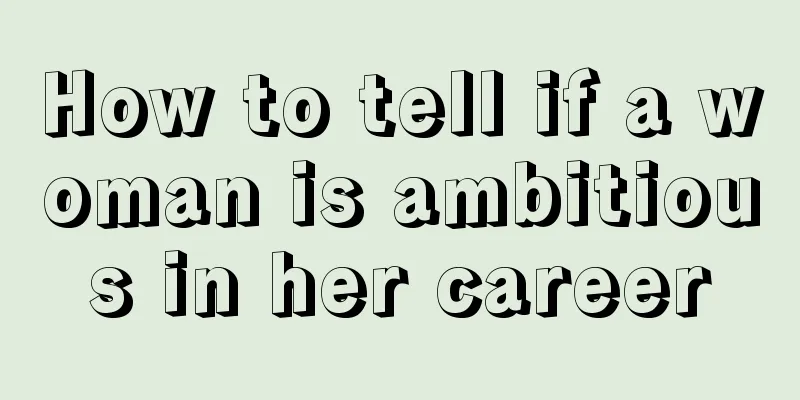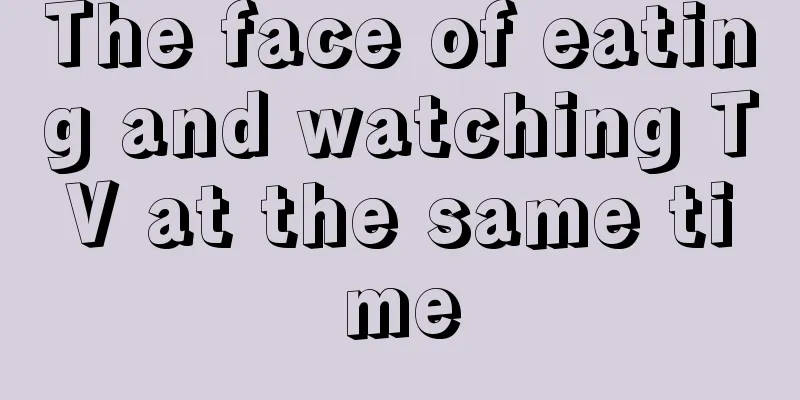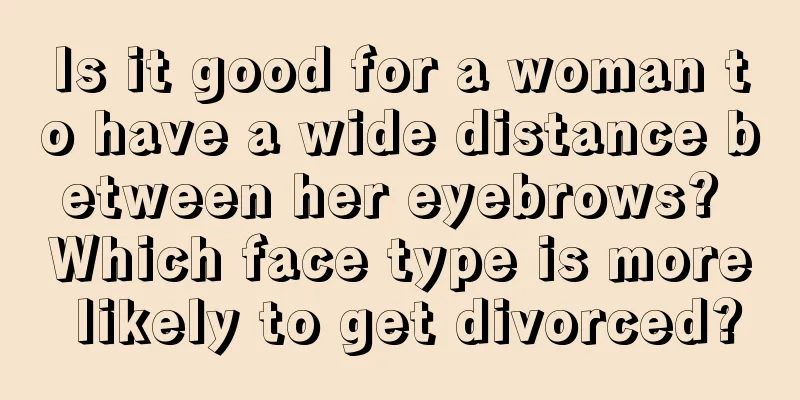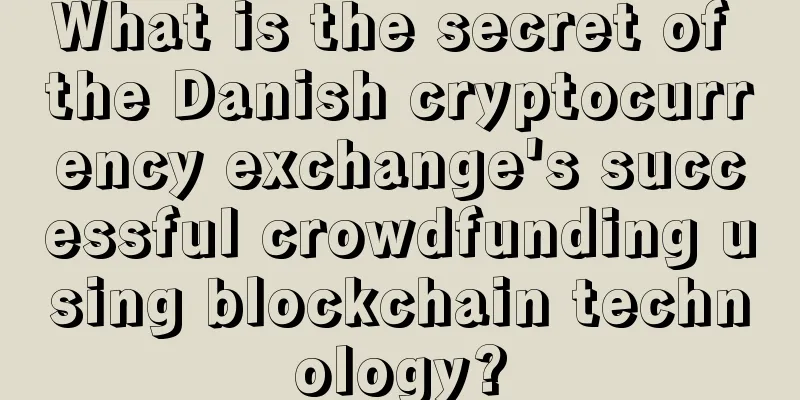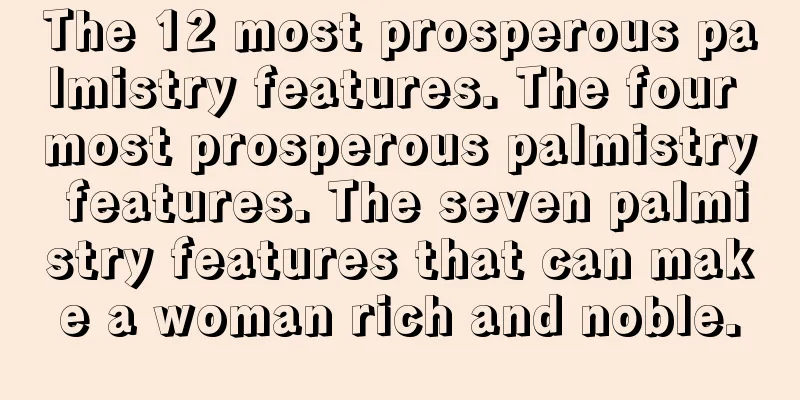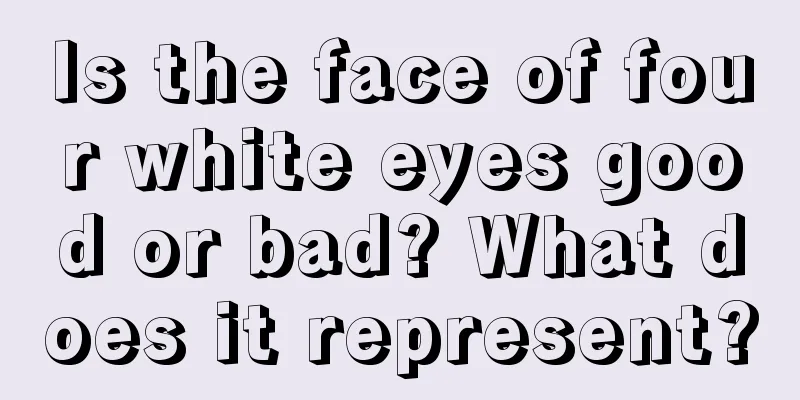Mediachain provides a blockchain tool to protect the interests of network creators
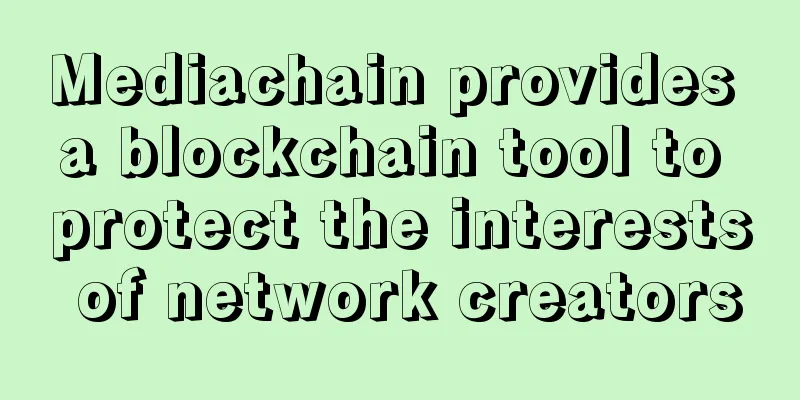
Translation: Nicole "Collective" on the Internet is the highest form of flattery, and not everyone likes it. In the digital age, content (in all its forms) has become increasingly commoditized and monetized, but near-instantaneous global distribution and the ability to replicate it endlessly make it easier to separate the original creator from the work. Brooklyn-based Mediachain wants to change that. Through a blockchain-like decentralized media library combined with content identification technology, everyone can use Mediachain application tools to register, verify and track creative works in the network. Denis Nazarov Denis Nazarov, co-founder of Mediachain, said:
App developers can use content metadata to automate attribution, preserve content movement history, and analyze how content is used. Here is what the company has to say about its work verification service in its blog post. Imagine being able to contact the creator of a GIF you see, learn where the image came from, or automatically reward a musician when you press play. Developers can use this tool to tap into even more information. The company says the Mediachain codebase already has more than 2 million images and metadata records, including from sources such as the Museum of Modern Art (MOMA), Getty Images, the Digital Public Library of America, and the European Digital Library. Jesse Walden Jesse Walden, another co-founder of the company, said:
Basically, the goal is to use this content more efficiently, Walden said:
Attribution is a foreign word to the Internet, and misattribution or plagiarism often occurs. Photographers who have photos of David Bowie often use them without authorization, even some legitimate companies do this, and we should strongly condemn such behavior.
What's funny to me is not the plagiarized joke @fatjew posted, but the way it was posted. Walden said:
This is something that copyright agencies currently want to resolve but have not yet resolved. Walden and Nazarov both come from a time when everything was free to share. Napster, BitTorrent, and Tumblr were all free platforms for sharing files. While these platforms are conducive to innovation, the two Mediachain co-founders I interviewed realized that creators have no control over their work and cannot interact with their audiences. It is one thing for the creator of a work to voluntarily give up control over the audience, and it is another thing for the creator of the work to not know who likes his work. The likes of Andreessen, Union Square, Digital Currency Group, LDV Capital, Alexis Ohanian, William Mougayar, Kanyi Maqubela, David Lee, Mathieu Drouin, and Brian Message all agree with the founders’ idea. He said:
Ownership of Mediachain comes from publishing content on the system and creating a Mediachain node. Developers register content with the Mediachain protocol. When more developers log in, they can spread Mediachain datasets through different platforms. For Nazarov and Walden, the question of attribution is more than academic. Before getting into programming, Nazarov was a fine-art photographer by training, while Walden once helped start a management company that managed sound engineers like Solange Knowles. Walden said:
He said:
The founder of Mediachain believes that this model should be changed as soon as possible, and that such rights should be given to the creators of the works rather than to the platforms. |
>>: What are the chances that Bitcoin was created by the US government?
Recommend
BitFuFu: Is mining revenue soaring? Is it just a waste of money?
BitFuFu Inc. (NASDAQ: FUFU), a provider of digita...
What does a woman who is unlucky in marriage look like? What does Kefu mean?
No matter which man he is, he does not want to mar...
Find out those love "scammers" through face reading
When you reach a certain age, if you haven’t “set...
How to tell a woman with a round chin? Is a woman with a round chin good?
1. Personality of a woman with a round chin Altho...
What do the different shapes of success lines represent in palmistry?
1. In palmistry, if the starting point of a perso...
What is the fate of a woman with thin ears?
Some people look at their destiny through physiog...
Barclays Bank introduces blockchain technology to derivatives trading
Rage Comment : Barclays is testing smart contract...
Several BCH node developers announced that they will implement the new algorithm in November this year
According to Blockbeats, on August 7, several BCH...
Zhuge's 31st fortune: middle and lower fortune Gou Chu Liu
Since ancient times, there has been no shortage o...
According to face reading, people with certain face readings will always have good luck.
Physiognomy, what kind of people will have good l...
Palmistry shows who is most likely to encounter a midlife crisis
1. Look at the love line 1. Feelings are crossed ...
Zhuge's 32nd fortune: the middle and upper lot is six
Since ancient times, there has been no shortage o...
Which moles are likely to lead to a second marriage?
Marriage is a major event in life, and many peopl...
What kind of facial features make women have a bad temper?
1. High forehead In physiognomy, if a woman's...
Your belly button shows your wealth
Your belly button shows your wealth Although the ...

